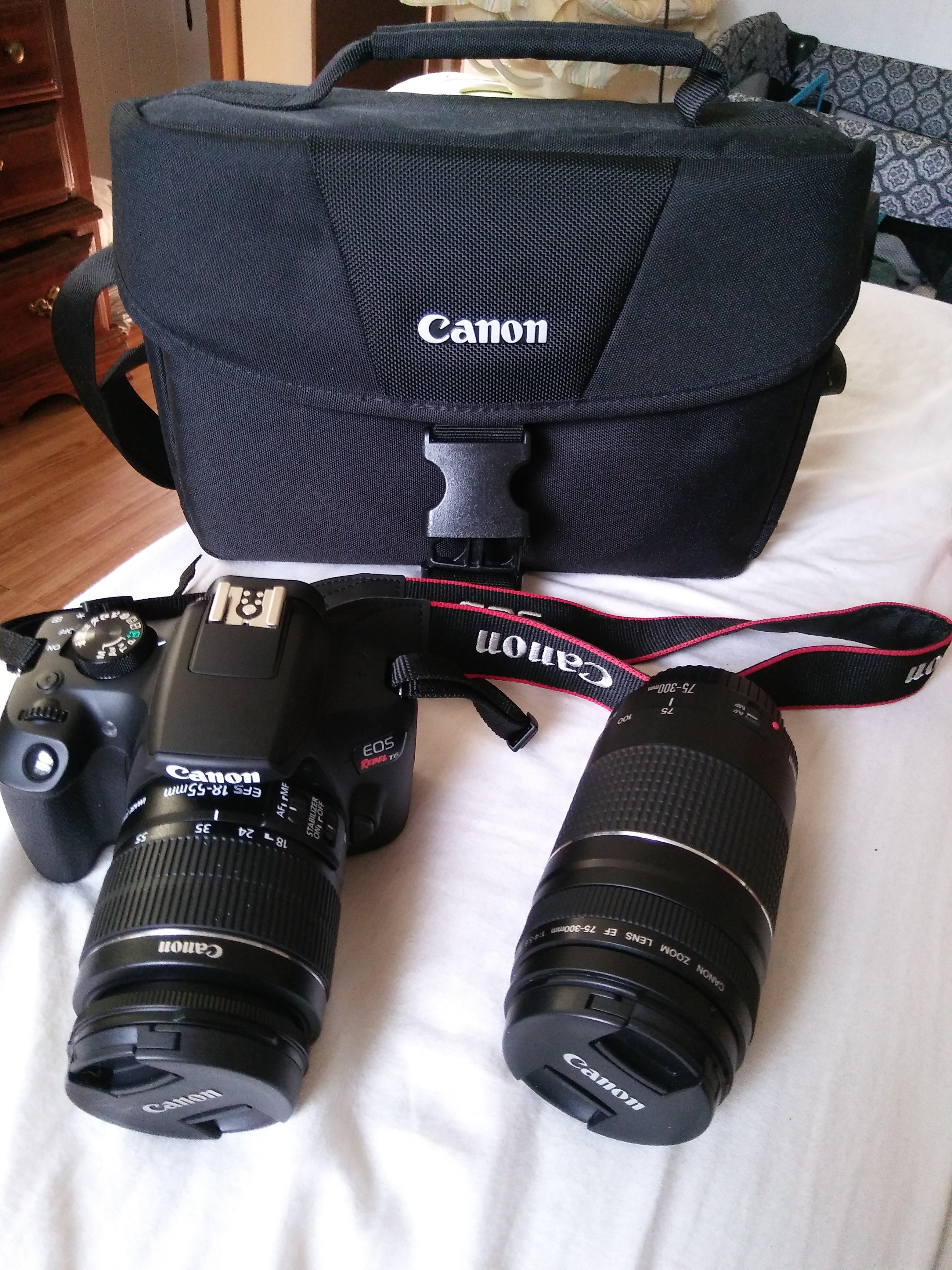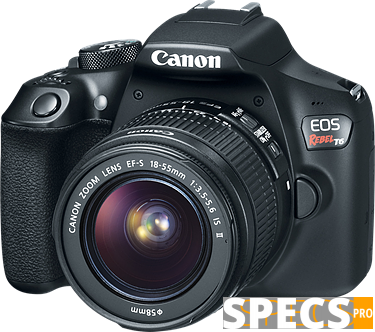

- #Canon eos rebel t6 dragonframe manual#
- #Canon eos rebel t6 dragonframe skin#
- #Canon eos rebel t6 dragonframe software#
We tried to connect both Wi-Fi and NFC, and using NFC was easier, especially if you’re on the move and don’t have a stable Wi-Fi connection. The T6 comes with Wi-Fi and Near Field Communication (NFC), and combined with the Canon Connect app, transferring photos to your mobile device is easy. Flipping through these menus is easy and intuitive, and requires the use of a few direction buttons near where your thumb naturally rests. Within each, you’ll be able to make even more decisions about your shots, if you want the control. It comes with the dial on the top right which allows you to change between shooting modes.
#Canon eos rebel t6 dragonframe software#
The software on the EOS Rebel T6 is the same Canon menu system as on other DSLRs. If you’re looking for a camera to record others with, such as with home videos, the T6 will be more than able to do the job.

It looks sharp, and any present noise isn’t noticeable without zooming in. That said, if the subject being recorded isn’t moving much, and focus can be recaptured regularly, the video quality is solid. The lack of Dual Pixel auto-focus really makes the T6 lacking for content creators, especially those interested in creating videos of themselves, without help. Our biggest dislike of the T6 was its lack of Canon’s Dual Pixel autofocus. We used the portrait and food modes the most, as they were great for those not wanting to fiddle with lots of options, but still keeping subjects in focus. While it doesn’t come with a variety of effects, each mode comes with a variety of filters such as vivid, soft, warm, intense, cool, brighter, darker, and monochrome.
#Canon eos rebel t6 dragonframe manual#
The T6 comes with Canon’s standard shooting modes: Scene Intelligent Auto, manual exposure, aperture priority AE, shutter priority AE, and program AE, no flash, Creative Auto, portrait, landscape, close-up, action, food, and night portrait. It also falls prey to using flash more often than we liked, but this was fixed with a quick change in the settings. In low light, it took longer than average to focus, but not more than a few seconds. It won’t stand up well against moving targets, as the autofocus system can’t grab on fast enough, but this is a common issue with cheaper DSLRs, including the SL2. If you aren’t so concerned with these slight image differences, then the T6 isn’t a bad option. While zoomed in on images and looking in dark areas, we noticed quite a bit of noise.

In our photo comparisons of the T6 to the SL2, we found the T6 to be a bit lacking. While zoomed in on images and looking in dark areas, we noticed quite a bit of noise, and highlights simply weren’t as bright as on shots taken with other cameras, and the contrast wasn’t as strong. It was only upon closer investigation that the T6 let us down. Zoomed out, subjects in focus looked sharp.
#Canon eos rebel t6 dragonframe skin#
When inspecting images of animals, we could see individual hairs as well as the cracks in skin and water droplets hanging on whiskers. The photo quality of the T6 is strong, even with the slight disadvantage of the AF system and sensor. However, we noticed that the T6 did take a second longer to shoot than compared to DSLRs with a 24-megapixel sensor, which was especially noticeable in lower-light. The T6 comes with the more basic 9-point autofocus system, which was more than enough for us when were taking shots. It can only shoot up to 3 frames per second (fps), which is honestly a let down in comparison to other cheaper Canon models that can shoot up to 5fps, such as the Canon EOS Rebel SL2. The EOS Rebel T6 features an 18-megapixel APS-C CMOS sensor, with an image size of 5184x3456 pixels. Lifewire / Kelsey Simon Photo Quality: Easy to see noise, but still crisp For those only shooting photos, this won’t be a big deal, but if you’re considering the T6 for video, you’ll be disappointed in the sound quality, and will need to consider investing in external microphone. While the body does come with a built-in flash and hot shoe, we were disappointed that the T6 does not come equipped with an external microphone jack.

Unfortunately, the screen is static and non-touch, which is a big bummer, as most newer models come with at least one or the other feature. Specific settings can be found in the menu, which is viewable on the camera’s 3-inch live view screen. This is great, as often it’s the external controls that can leave new DSLR users feeling overwhelmed. The external controls are designed to offer most setting options upfront without having to dig through menus, but Canon has made an effort to minimize the number of unnecessary buttons. This is great because it means Canon’s wide-range of lenses are available for use on this more affordable body. The Rebel T6 comes with a lens mount designed to fit both EF and EF-S lenses.


 0 kommentar(er)
0 kommentar(er)
